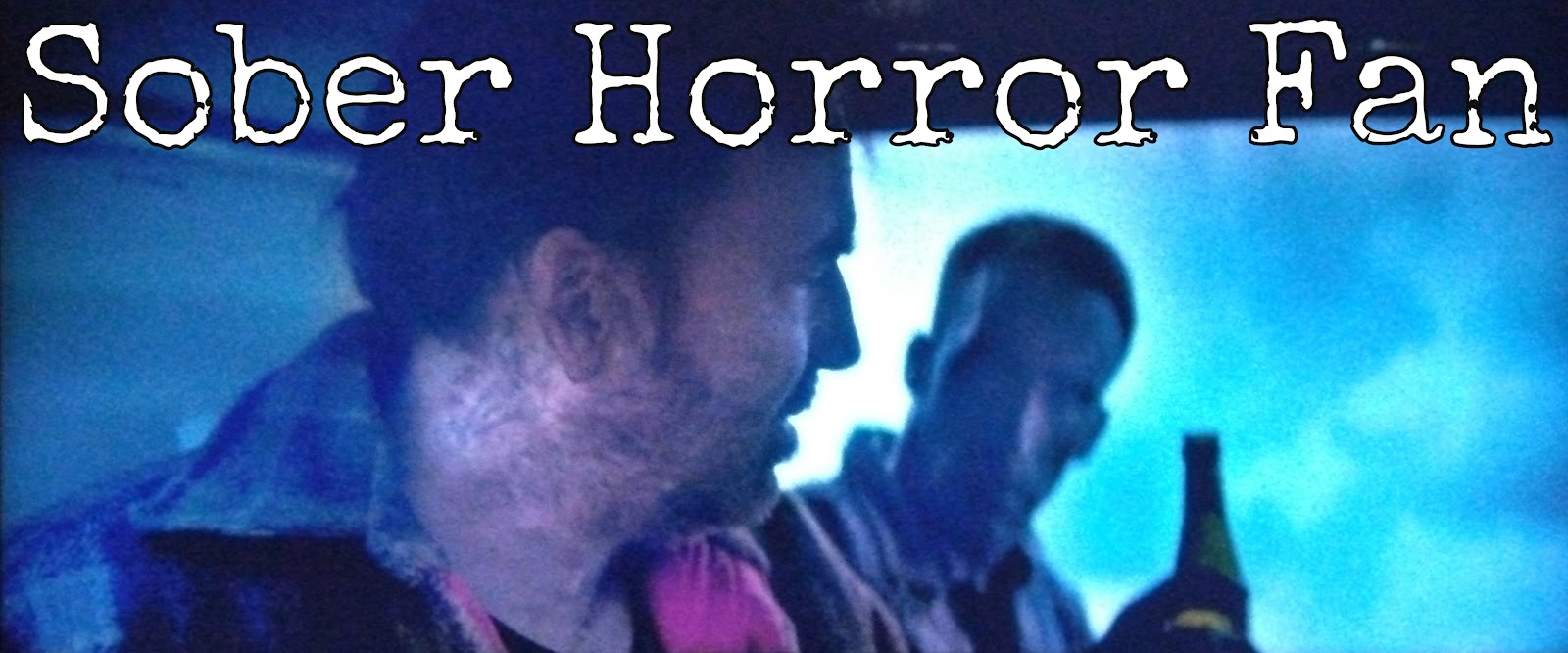Night of the Demon (1957)
Night of the Demon (AKA Curse of the Demon) is rightfully considered a classic of the horror genre. I think I must have been in my early or mid-teens when last saw it.
The
plot concerns an American psychologist, John Holden, who travels to
England to investigate a satanic cult that is suspected of committing
murders by supernatural means. Holden is a dyed in the wool skeptic when
it comes to anything supernatural, but, needless to say, this changes
as the film progresses.
We, the audience,
however, have no such skepticism, as the opening scene shows us one of
those murders—perpetrated by the large demon that has become iconic in
horror cinema. Apparently, there was a pretty heated debate between the
film’s producer and director as to whether the demon (or any overt
supernatural elements) should actually be shown in the film, or whether
the audience should be left wondering. I am kind of the fence about
which would have been better, because the demon scenes are pretty well
executed (for the time), and they do lend the supernatural and suspense
elements considerable weight, as, unlike Dr. Holden himself, we know
that he really is in mortal danger. On the other hand, however, I am a
great believer in the idea that, in horror films, what you can’t see is
usually more terrifying than what you can.
And,
for all that it plays much like a Hitchcock-style thriller of the period,
Night of the Demon is actually pretty scary. The idea of being
cursed and the inevitability of one’s impending doom is effectively
chilling. There was also one seminal jump scare that got me.
 One
aspect of the film that I thought was a little hokey, though, was the
way that satanism/black magic and paganism are kind mushed together and
presented as the same thing. For example, the runes that transmit the
curse are depicted as being found carved on one of the stones at
Stonehenge. This seems kind of ridiculous to me, but I guess it is just a
symptom of the period in which the film was made—a time when the
general movie-going public were probably not as savvy about these things
are they might be today. I suspect that even my teenage self watching
the film back in the 1980s did not feel any incongruence regarding those
aspects. The film is an adaptation of a story by M. R. James, so I am
curious about how those ideas are presented in the original work. In
1979, it was also adapted as a TV drama by Lawrence Gordon Clark, who
directed many of the BBC’s excellent A Ghost Story for Christmas series. I would be very interested in seeing that version too.
One
aspect of the film that I thought was a little hokey, though, was the
way that satanism/black magic and paganism are kind mushed together and
presented as the same thing. For example, the runes that transmit the
curse are depicted as being found carved on one of the stones at
Stonehenge. This seems kind of ridiculous to me, but I guess it is just a
symptom of the period in which the film was made—a time when the
general movie-going public were probably not as savvy about these things
are they might be today. I suspect that even my teenage self watching
the film back in the 1980s did not feel any incongruence regarding those
aspects. The film is an adaptation of a story by M. R. James, so I am
curious about how those ideas are presented in the original work. In
1979, it was also adapted as a TV drama by Lawrence Gordon Clark, who
directed many of the BBC’s excellent A Ghost Story for Christmas series. I would be very interested in seeing that version too.






Comments
Post a Comment